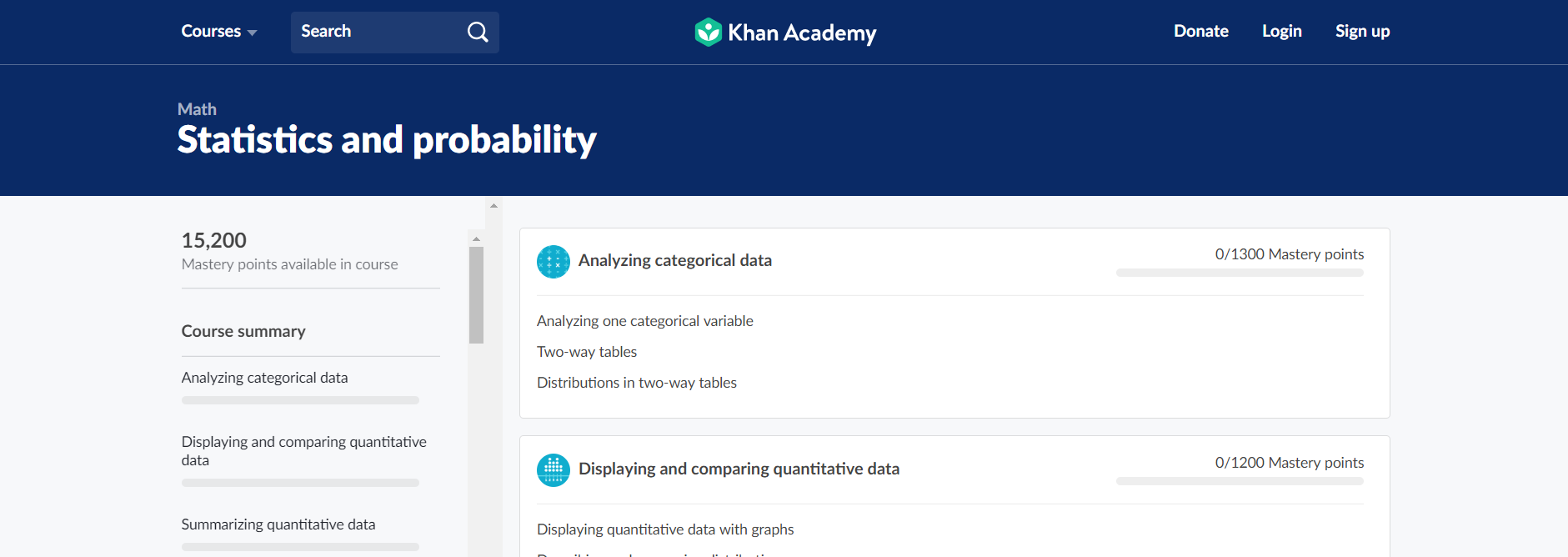
 Linear Algebra - Foundations to Frontiers, University of Texas at Austin (course). Emphasis is given to topics that will be useful in other disciplines, including systems of equations, vector spaces, determinants, eigenvalues, similarity, and positive definite matrices. This is a basic subject on matrix theory and linear algebra. Descriptions come directly from the respective course websites.Ĭourse covers algebra foundations, solving equations & inequalities, working with units, linear equations & graphs, forms of linear equations, systems of equations, inequalities (systems & graphs), functions, sequences, absolute value & piecewise functions, exponents & radicals, exponential growth & decay, quadratics (multiplying & factoring), quadratic functions & equations, irrational numbers.Ĭourse covers polynomial arithmetic, complex numbers, polynomial factorization, polynomial division, polynomial graphs, rational exponents & radicals, exponential models, logarithms, transformations of functions, equations, trigonometry, modeling, rational functions. Algebra is helpful in computation and data science generally, and encompasses some of the main concepts in powering some machine learning algorithms, including neural networks. These algebra courses run the gamut from introductory algebra to linear models and matrix algebra. Some are materials that were used to teach MIT undergraduates, while others were designed specifically for high school students. In this section we have provided a collection of mathematics courses and resources from across MIT.
Linear Algebra - Foundations to Frontiers, University of Texas at Austin (course). Emphasis is given to topics that will be useful in other disciplines, including systems of equations, vector spaces, determinants, eigenvalues, similarity, and positive definite matrices. This is a basic subject on matrix theory and linear algebra. Descriptions come directly from the respective course websites.Ĭourse covers algebra foundations, solving equations & inequalities, working with units, linear equations & graphs, forms of linear equations, systems of equations, inequalities (systems & graphs), functions, sequences, absolute value & piecewise functions, exponents & radicals, exponential growth & decay, quadratics (multiplying & factoring), quadratic functions & equations, irrational numbers.Ĭourse covers polynomial arithmetic, complex numbers, polynomial factorization, polynomial division, polynomial graphs, rational exponents & radicals, exponential models, logarithms, transformations of functions, equations, trigonometry, modeling, rational functions. Algebra is helpful in computation and data science generally, and encompasses some of the main concepts in powering some machine learning algorithms, including neural networks. These algebra courses run the gamut from introductory algebra to linear models and matrix algebra. Some are materials that were used to teach MIT undergraduates, while others were designed specifically for high school students. In this section we have provided a collection of mathematics courses and resources from across MIT.  High School Mathematics, MIT (collection of courses). This course helps to develop that crucial way of thinking. In contrast, a key feature of mathematical thinking is thinking outside-the-box – a valuable ability in today’s world. The key to success in school math is to learn to think inside-the-box. Professional mathematicians think a certain way to solve real problems, problems that can arise from the everyday world, or from science, or from within mathematics itself. Introduction to Mathematical Thinking, Stanford (course).
High School Mathematics, MIT (collection of courses). This course helps to develop that crucial way of thinking. In contrast, a key feature of mathematical thinking is thinking outside-the-box – a valuable ability in today’s world. The key to success in school math is to learn to think inside-the-box. Professional mathematicians think a certain way to solve real problems, problems that can arise from the everyday world, or from science, or from within mathematics itself. Introduction to Mathematical Thinking, Stanford (course). 
It shows how to encode information in the form of logical sentences it shows how to reason with information in this form and it provides an overview of logic technology and its applications - in mathematics, science, engineering, business, law, and so forth. This course is an introduction to Logic from a computational perspective.
 Introduction to Logic, Stanford (course). Descriptions come directly from the respective course websites. These courses are intended to help lay the foundation for learning more advanced maths, as well as foster the development of mathematical thinking.
Introduction to Logic, Stanford (course). Descriptions come directly from the respective course websites. These courses are intended to help lay the foundation for learning more advanced maths, as well as foster the development of mathematical thinking.








 0 kommentar(er)
0 kommentar(er)
